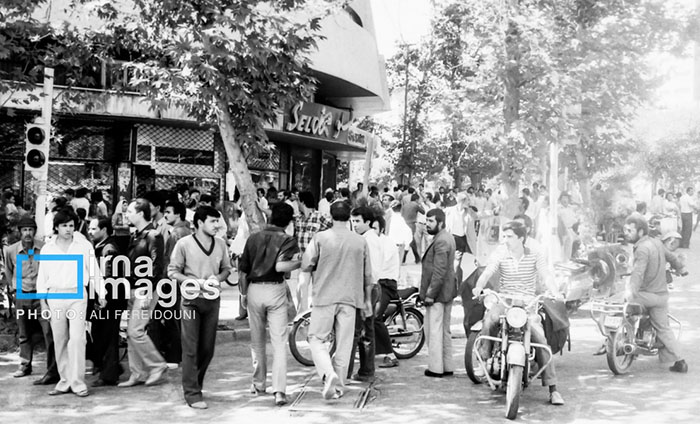Origins of the MEK: Leftist Roots and Opposition to the Shah
The People’s Mujahedeen of Iran was founded in 1965 by a group of leftist Iranian students who were disillusioned with the monarchy of Shah Mohammad Reza Pahlavi. The Shah’s regime, supported by Western powers, especially the United States, was seen as repressive, corrupt, and excessively pro-Western. The MEK’s founding members, influenced by Marxist, Islamist, and anti-imperialist ideologies, sought to overthrow the Shah and establish a government that combined Islamic values with socialist principles.
Ideological Foundations
The MEK’s ideology was a unique blend of Islamism and Marxism. While it was fundamentally rooted in Shi’a Islam, it also embraced aspects of Marxist revolutionary theory, particularly in its criticism of capitalist exploitation and imperialism. The MEK’s founders believed that Islam, when properly interpreted, was compatible with social justice, economic equality, and anti-imperialism. They argued that Islam could serve as a framework for a revolution that would liberate Iran from both the monarchy and foreign influence.
This ideological combination set the MEK apart from other political movements of the time. The group was neither fully Islamist nor purely Marxist, but a hybrid of the two, aiming to unite Iran’s working class and intellectuals in the struggle against the Shah’s regime. Its emphasis on anti-imperialism attracted many young Iranians who were frustrated with the country’s dependence on Western powers, particularly the United States.

